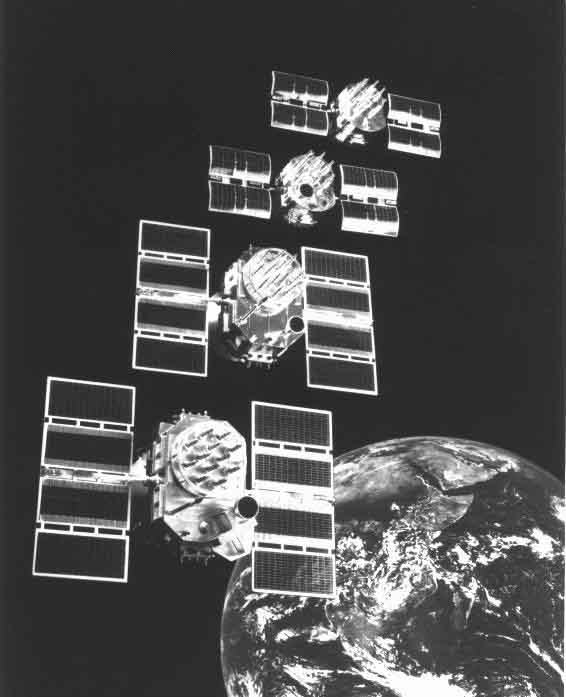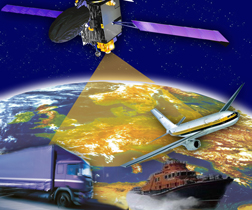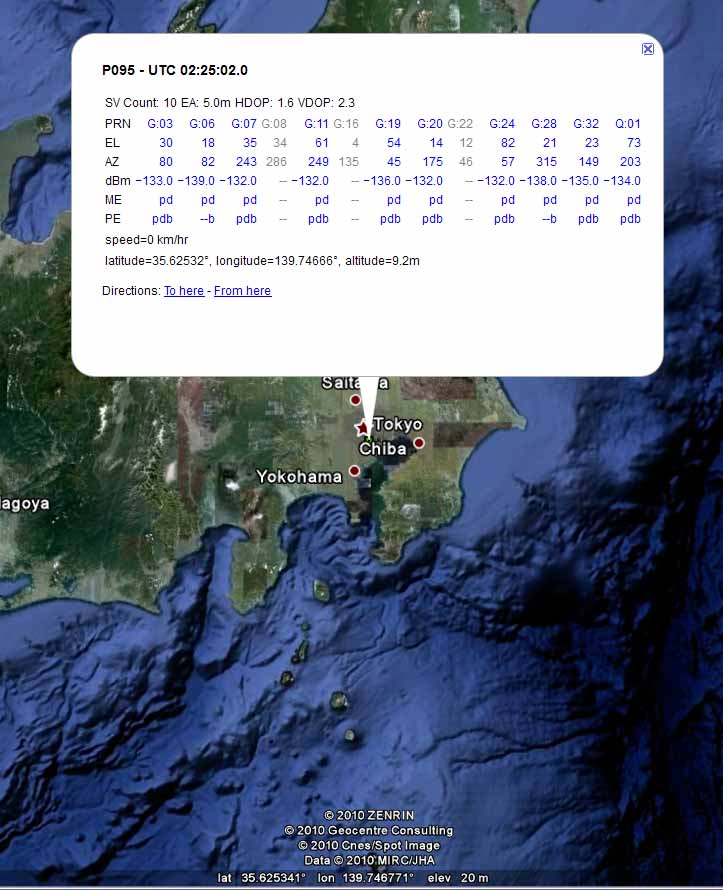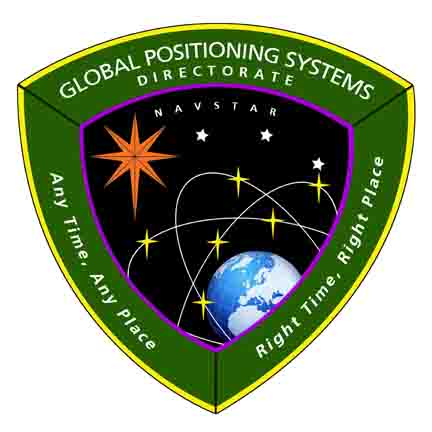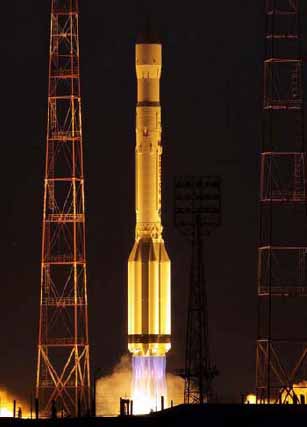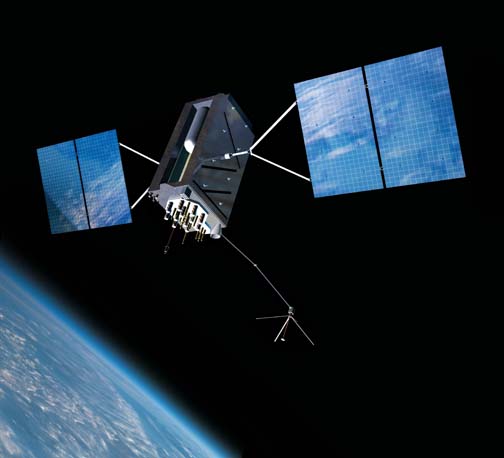Tracking Santa and Father Frost: GPS or GLONASS
 GLONASS Tracks Father Frost
GLONASS Tracks Father FrostAs GLONASS approaches completion, it’s no surprise that the Russian counterpart to GPS has gotten into more popular applications of GNSS technology — even Santa-tracking.
For more than 50 years, the North American Air Defense Command (NORAD) has followed the travels of the Christmas gift-bearer from his North Pole headquarters. The Santa-tracking operation can be viewed online.
By Inside GNSS


